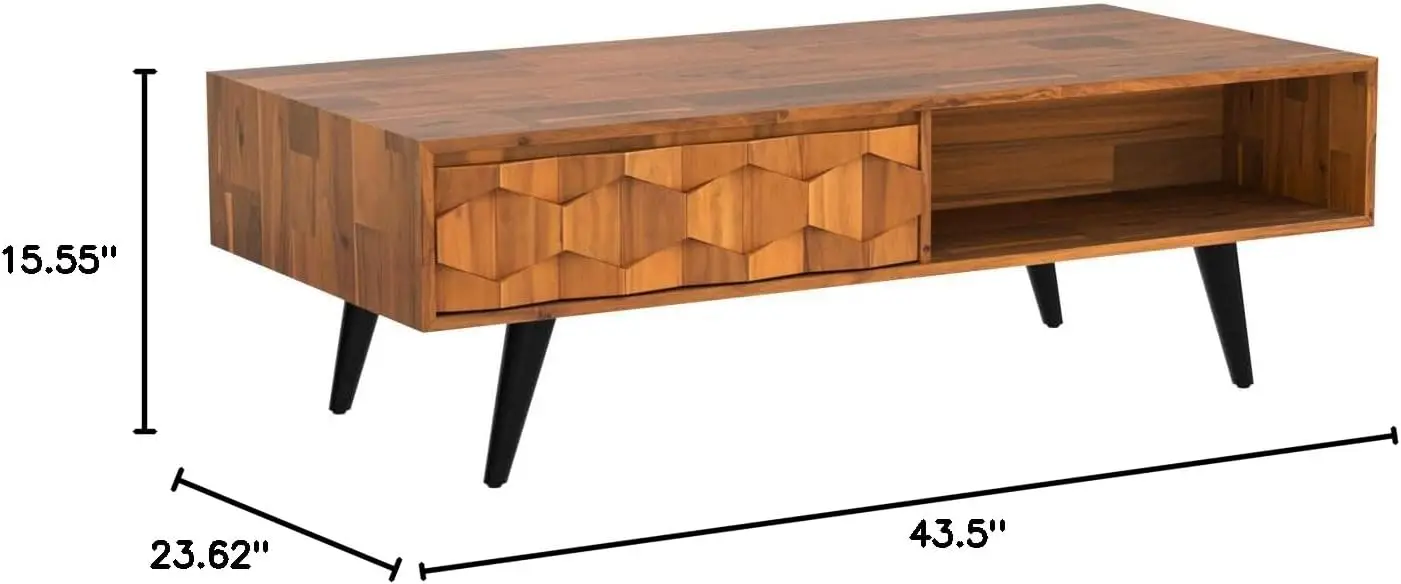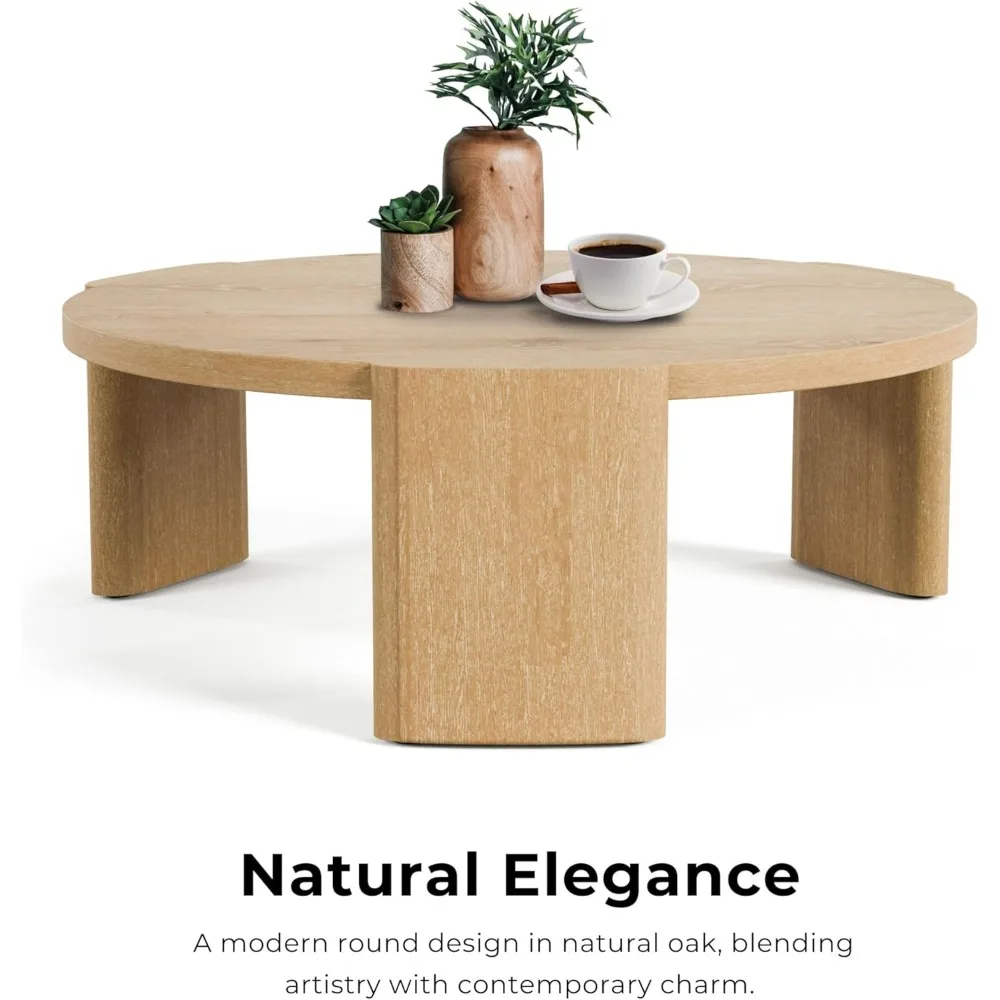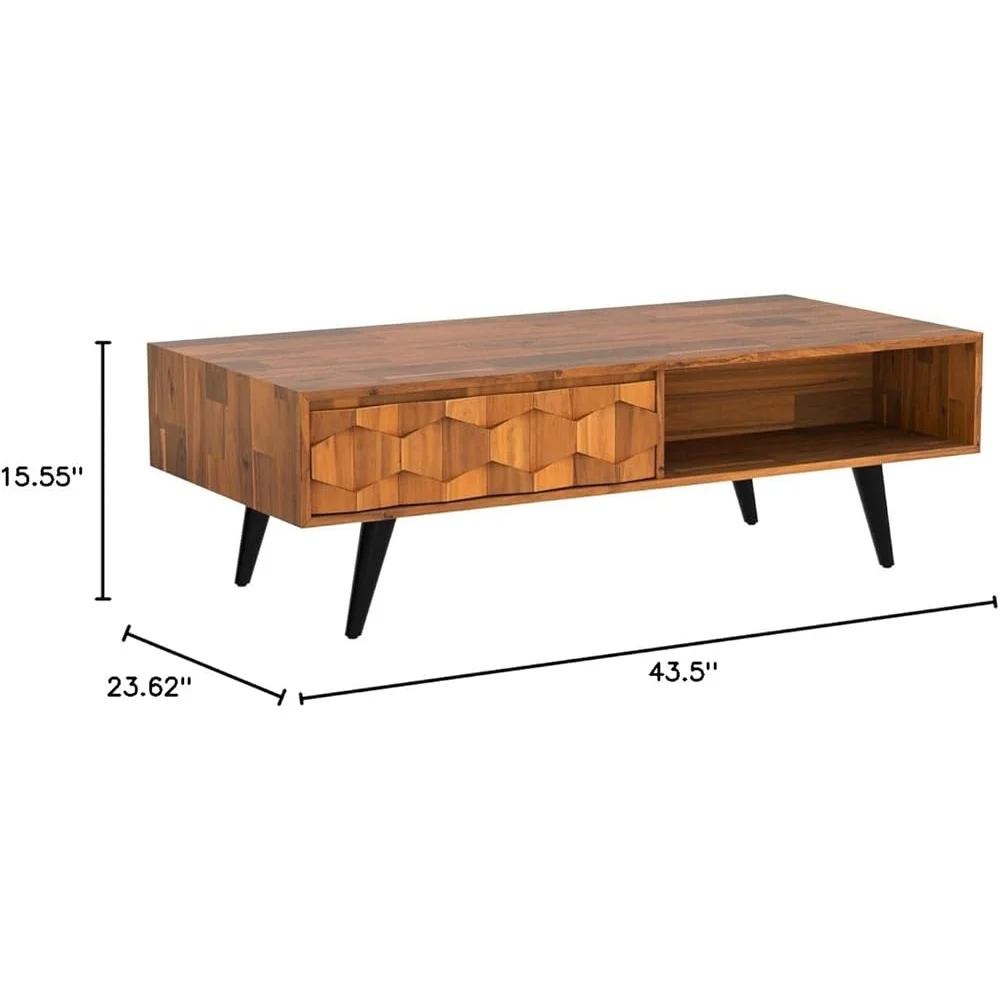Understanding the Importance of Teak Grain Direction
Teak wood stands as one of the most prized materials in furniture design, revered for its exceptional durability, natural water resistance, and warm, golden-brown aesthetic. This remarkable hardwood has graced fine furniture and marine applications for centuries, earning its reputation as the gold standard for both indoor and outdoor use. However, behind teak’s beauty and longevity lies a critical yet often overlooked factor: grain direction.
Wood grain refers to the alignment of wood fibers resulting from a tree’s growth pattern. In teak specifically, grain direction profoundly influences both how the wood performs structurally and how it appears visually. Understanding grain direction isn’t merely academic—it directly impacts the strength, stability, appearance, and longevity of teak furniture.
For anyone investing in teak furniture, working with this premium material, or simply appreciating its beauty, grain direction knowledge serves as a fundamental aspect of making informed decisions. Whether you’re a designer seeking the perfect aesthetic flow, a woodworker crafting a lasting piece, or a consumer selecting quality intelligent black mid-century coffee tables for your home, grain direction should influence your choices.
This comprehensive guide will explore:
– The basic science behind teak wood grain formation
– How different cutting methods reveal distinct grain patterns
– The structural implications of various grain orientations
– How grain affects moisture resistance and weathering
– Design considerations for maximizing teak’s natural beauty
– Practical applications across furniture types and special uses
By understanding these elements, you’ll gain the knowledge to select, work with, and care for teak furniture with greater confidence and appreciation.
The Fundamentals of Teak Wood Grain
Wood grain develops as trees grow, forming distinctive patterns through annual growth rings. These rings represent seasonal growth—typically wider during favorable growing conditions and narrower during less optimal periods. In teak, this natural process creates a remarkably stable and beautiful material unlike any other hardwood.
Key Terminology
- Heartwood: The inner, older wood of teak that contains the prized golden-brown color and natural oils that provide decay resistance
- Sapwood: The younger, outer portion of the tree with lighter coloration and fewer protective oils
- Growth rings: Annual layers that form as the tree grows, creating the visible patterns we recognize as grain
- Grain direction: The orientation of wood fibers relative to the tree’s growth and how the wood is cut
Teak’s Unique Grain Characteristics
Teak grain differs significantly from other hardwoods, featuring:
– A naturally oily texture that gives it a distinctive feel
– A golden-brown color that deepens and mellows with age
– Moderately coarse texture with occasional silica deposits
– Characteristic straight grain often interspersed with wavy or interlocked patterns
Primary Grain Orientations in Teak
Straight grain appears as parallel lines running along the length of a board. In teak, straight grain is common and highly prized for structural applications where strength and predictability are essential. This grain pattern offers excellent dimensional stability and clean visual lines.
Wavy or interlocked grain occurs when wood fibers grow in alternating directions, creating an undulating or interwoven pattern. Teak frequently exhibits this characteristic, which can produce stunning visual effects but requires careful consideration during woodworking to prevent tear-out.
End grain refers to the surface exposed when cutting across the tree’s growth rings. This orientation reveals the concentric growth ring pattern and offers exceptional wear resistance but requires special treatment during finishing and maintenance.
These distinctive grain patterns contribute to teak’s popularity in mid-century modern teak coffee tables and other premium furniture applications. Understanding these fundamental grain types provides the foundation for appreciating how cutting methods influence both appearance and performance.
Grain Cutting Methods and Their Visual Impact
How teak is cut from the log dramatically affects both its visual characteristics and structural properties. Each cutting method reveals a different aspect of teak’s grain pattern, resulting in distinctive appearances that furniture designers can leverage for various aesthetic effects.
Quarter-Sawn (Radial Grain)
Quarter-sawing involves cutting the log into quarters and then making cuts perpendicular to the growth rings. This method produces boards with:
– Straight, tight grain lines running nearly parallel to each other
– Minimal figure but maximum stability
– A uniform, formal appearance with less dramatic grain variation
– Distinctive “ray fleck” patterns in some pieces
Quarter-sawn teak is prized in furniture design for its consistent appearance and exceptional dimensional stability. This cutting method is often featured in architectural elements and high-end furniture where structural integrity cannot be compromised.
Flat/Plain-Sawn (Tangential Grain)
Flat-sawing cuts tangentially to the growth rings, creating boards with:
– Dramatic “cathedral” grain patterns that resemble arches or flames
– More visual variety and character
– Greater color variation across the surface
– Increased tendency to expand and contract with humidity changes
This cutting method produces the most visually dramatic grain patterns and is frequently chosen for black mid-century modern coffee table styles and decorative panels where visual impact is desired. The cathedral patterns create a sense of movement and organic flow in furniture pieces.
Rift-Sawn
Rift-sawing cuts at approximately 45 degrees to the growth rings, resulting in:
– Straight grain patterns with minimal fleck
– A compromise between quarter-sawn stability and flat-sawn appearance
– Less dramatic figure than flat-sawn but more uniform than quarter-sawn
– Reduced tendency for raised grain compared to flat-sawn
Rift-sawn teak is often selected for applications where a clean, straight grain is desired without the potential movement issues of flat-sawn material.
Visual Texture and Light Reflection
Grain orientation significantly affects how light interacts with teak surfaces:
– Quarter-sawn surfaces tend to reflect light evenly and consistently
– Flat-sawn surfaces create more dramatic light and shadow effects as light catches the cathedral patterns
– Rift-sawn provides a moderate, pleasant light reflection with subtle variation
Designers often combine these different grain orientations to create visual interest and contrast within a single piece of furniture, balancing the stability of quarter-sawn elements with the visual drama of flat-sawn surfaces.
Structural Implications of Grain Direction
Beyond aesthetics, grain direction fundamentally determines teak’s strength, stability, and long-term performance. Understanding these structural implications is crucial for both furniture makers and buyers who expect their investment to last for generations.
Physical Properties and Grain Direction
Teak, like all woods, exhibits anisotropic properties—meaning its strength varies significantly depending on the direction of force relative to its grain:
- Along the grain: Teak shows maximum tensile strength when force is applied parallel to the grain direction
- Across the grain: Considerably weaker when force is applied perpendicular to the grain
- End grain: Offers superior compression strength but poor tensile strength
These differences are substantial—teak can be up to 20-30 times stronger along the grain than across it, which directly impacts furniture durability and performance.
Quarter-Sawn Structural Superiority
Quarter-sawn teak provides several structural advantages:
– Dimensional stability: Expands and contracts up to 50% less than flat-sawn teak
– Reduced warping: Growth rings oriented perpendicular to the board face resist cupping
– Split resistance: Greater resistance to splitting along the grain
– Wear resistance: Edge grain exposure increases longevity in high-traffic surfaces
These properties make quarter-sawn teak ideal for solid wood coffee tables and other applications where structural integrity is paramount.
Movement Characteristics
All wood moves with humidity changes, but grain direction dictates how this movement manifests:
– Flat-sawn teak expands and contracts primarily in width
– Quarter-sawn teak shows minimal width movement but slightly more thickness movement
– Rift-sawn falls between these extremes
Understanding these movement patterns allows furniture designers to accommodate natural wood movement in their construction techniques, preventing future issues like stuck drawers or cracked panels.
Natural Oils and Grain Structure
Teak’s remarkable durability stems partly from its natural oils, which interact differently with various grain orientations:
– End grain absorbs and releases oils more readily than face grain
– Quarter-sawn surfaces retain oils more effectively than flat-sawn
– Interlocked grain patterns help distribute oils more evenly throughout the wood
This interaction between oils and grain contributes to teak’s legendary resistance to decay, insects, and moisture—particularly important for furniture exposed to challenging environments.
Moisture and Weather Resistance: How Grain Direction Impacts Durability

Teak’s renowned weather resistance makes it a top choice for outdoor furniture and marine applications, but this resistance varies significantly with grain orientation. Understanding these differences helps predict how teak will perform in various environments.
Moisture Interaction with Different Grain Orientations
Teak naturally contains silica and oils that repel water, but grain direction affects how moisture interacts with the wood:
– End grain absorbs moisture 10-12 times faster than face grain
– Quarter-sawn surfaces absorb 20-30% less moisture than flat-sawn surfaces
– Interlocked grain slows moisture penetration by creating a natural barrier
These differences become particularly important in outdoor settings where furniture faces regular exposure to rain, humidity, and temperature fluctuations.
Weathering Patterns and Grain Direction
As teak ages outdoors, it develops a distinctive silver-gray patina. This weathering process varies with grain orientation:
– Quarter-sawn surfaces weather more evenly and develop fewer checks (small cracks)
– Flat-sawn surfaces may develop more pronounced surface checking along the grain
– End grain weathers faster and requires more maintenance to prevent moisture absorption
– Interlocked grain can create interesting textural patterns as it weathers
The characteristic silver patina develops as UV light breaks down surface oils and lignin. Quarter-sawn teak typically maintains a smoother feel during this process, while flat-sawn surfaces may become slightly rougher as the earlywood and latewood weather at different rates.
Expansion and Contraction Rates
Moisture-driven movement varies significantly by grain orientation:
– Flat-sawn teak typically expands/contracts 8-10% across its width with seasonal humidity changes
– Quarter-sawn teak moves only about 4-5% across its width
– End grain shows minimal dimensional change but serves as the primary entry point for moisture
Furniture designed with these movement characteristics in mind will better withstand seasonal changes without developing structural problems.
Checking, Splitting, and Cupping
Improper grain selection can lead to common problems in teak furniture:
– Checking (small surface cracks) occurs more frequently in flat-sawn pieces
– Cupping (warping across the width) affects flat-sawn boards more severely
– Splitting tends to follow the grain direction and is more common in flat-sawn material
These issues can be minimized through proper grain selection for each furniture component—using quarter-sawn teak for wide surfaces like tabletops and flat-sawn for less structurally critical decorative elements.
Grain Direction in Furniture Design: Aesthetic Considerations
Beyond structural concerns, grain direction profoundly influences teak furniture’s visual appeal. Master furniture designers carefully consider grain patterns to enhance a piece’s overall aesthetic impact.
Creating Visual Interest Through Grain Patterns
Skilled designers use grain as a natural decorative element:
– Highlighting cathedral patterns in flat-sawn teak for dramatic effect
– Using straight-grained quarter-sawn teak to create clean, modern lines
– Incorporating figured wood (like curly or bird’s-eye patterns) for focal points
– Contrasting different grain orientations to create visual texture
These techniques transform teak from a mere building material into a design element that contributes to the furniture’s overall artistic impact.
Grain Matching Techniques
In high-quality teak furniture, especially teak wood grain rustic modern pieces, grain patterns are thoughtfully arranged:
Book matching involves placing two adjacent pieces with mirror-image grain patterns, creating symmetry reminiscent of an open book. This technique is often used for table tops, cabinet doors, and decorative panels.
Slip matching places boards side by side with grain running in the same direction, creating a continuous flow across the surface. This approach works well for large surfaces like dining tables.
End matching aligns end grain patterns for a cohesive look in butcher-block style tops or edge-grain surfaces. This technique requires careful selection and arrangement of wood pieces.
Visual Flow and Grain Direction
Grain direction guides the eye across a piece of furniture:
– Horizontal grain creates a sense of width and stability
– Vertical grain adds height and elegance
– Diagonal or curved grain creates dynamic movement
– Consistent grain flow across components (like drawer fronts) creates harmony
Master furniture designers consider how the viewer’s eye will travel across a piece and use grain direction to enhance this visual journey.
Grain and Color Perception
Grain orientation affects how we perceive teak’s color:
– Quarter-sawn surfaces often appear more uniform in color
– Flat-sawn surfaces show more dramatic color variation between earlywood and latewood
– End grain typically appears darker than face grain
– Light reflection varies with grain direction, affecting color perception under different lighting conditions
These variations allow designers to create subtle color effects using only the natural properties of the wood itself.
Practical Applications: Selecting the Right Grain for Different Furniture Elements

Successful teak furniture combines aesthetic appeal with practical durability by matching the right grain orientation to each component’s requirements.
Table Tops: Balancing Beauty with Stability
Table tops require special consideration as they represent large flat surfaces highly visible in a room:
– Quarter-sawn teak provides maximum stability for large tops, minimizing seasonal movement
– Edge-grain construction (where quarter-sawn boards are joined edge-to-edge) offers an ideal balance of stability and beauty
– End-grain tops (like butcher blocks) provide superior wear resistance but require more maintenance
– Avoiding mixing grain orientations across a single top prevents uneven expansion/contraction
When examining potential table furniture, look for consistent, tight grain patterns with minimal runout (grain that doesn’t run parallel to the board’s edge).
Chair Legs and Structural Components
For structural elements that bear weight or stress:
– Straight-grained, quarter-sawn teak offers maximum strength and stability
– Grain should run parallel to the length of legs, arms, and rails
– Joints should be positioned to avoid short grain that could lead to breakage
– Curved components should be cut so the grain follows the curve rather than crossing it
These principles apply equally to dining chairs, lounge pieces, and structural components in unique teak grain patterns furniture.
Drawer Fronts and Cabinet Doors
For these highly visible components:
– Book-matched grain creates elegant symmetry
– Vertical grain on cabinet doors adds height to a room
– Horizontal grain on drawer fronts emphasizes width
– Consistent grain direction across multiple drawers creates visual harmony
High-quality teak furniture typically features careful grain selection and matching across all visible components.
Evaluating Grain Quality in Teak Furniture
When shopping for teak furniture, assess grain quality by looking for:
– Consistent grain patterns without abrupt changes
– Minimal sapwood (lighter colored wood from the outer tree)
– Tight, close grain indicating slower growth and greater density
– Absence of knots or irregular grain in structural components
– Quarter-sawn construction in tabletops and other large flat surfaces
These indicators suggest quality construction that will maintain its beauty and structural integrity over decades of use.
Mid-Century Modern Solid Wood Coffee Tables, Mid-Century Modern Teak Coffee Tables
$879.95 Select options This product has multiple variants. The options may be chosen on the product pageMid-Century Modern Danish Coffee Tables, Mid-Century Modern Oval Coffee Tables, Mid-Century Modern Solid Wood Coffee Tables
$390.05 Select options This product has multiple variants. The options may be chosen on the product pageMid-Century Modern Coffee & End Table Sets, Mid-Century Modern Coffee Table Sets, Mid-Century Modern Oval Coffee Tables
Price range: $257.48 through $331.04 Select options This product has multiple variants. The options may be chosen on the product pageMid-Century Modern Glass Top Coffee Tables, Mid-Century Modern Glass Top Side & End Tables
$460.58 Select options This product has multiple variants. The options may be chosen on the product pageMid-Century Modern Glass Top Coffee Tables, Mid-Century Modern Vintage Coffee Tables, Mid-Century Modern Vintage Side & End Tables
$725.36 Select options This product has multiple variants. The options may be chosen on the product pageMid-Century Modern Lift Top Coffee Tables, Mid-Century Modern Square Coffee Tables
$454.73 Select options This product has multiple variants. The options may be chosen on the product page
Special Applications: Marine Uses and Outdoor Furniture
Teak’s legendary status in boatbuilding and outdoor applications stems from its remarkable weather resistance—a quality directly influenced by grain direction.
Teak in Marine Applications
For centuries, teak has been the gold standard in marine environments because:
– Its natural oils resist saltwater damage without treatment
– Properly oriented grain minimizes expansion and contraction in wet conditions
– Its silica content provides natural non-slip properties when wet
– Its dimensional stability prevents warping even with constant moisture exposure
Marine-grade teak typically features straight, quarter-sawn grain for maximum stability. Traditional boat decking uses quarter-sawn planks installed with the growth rings perpendicular to the deck surface, maximizing wear resistance and minimizing movement.
Grain Requirements for Boat Decking
Specialized requirements for marine teak include:
– Vertical grain (quarter-sawn) orientation for deck planks
– Minimal movement when wet
– Consistent density for even wear
– Straight grain for predictable performance
These same qualities make teak ideal for shower floors and other wet indoor applications where stability and safety are concerns.
Outdoor Furniture Considerations
For patio and garden furniture, grain selection affects long-term performance:
– Quarter-sawn components resist cupping and warping better in outdoor conditions
– End grain should be sealed or protected from direct moisture exposure
– Interlocked grain provides additional resistance to checking (surface cracking)
– Mixed grain orientations should be avoided in single wide components
The best outdoor teak furniture from mid-century modern coffee tables collections uses appropriate grain orientation for each component, maximizing both beauty and longevity.
Working with Teak: Cutting, Joining, and Finishing Considerations
For woodworkers and craftspeople, teak’s unique grain characteristics require specific approaches to achieve optimal results.
Reading Grain Before Cutting
Before making any cut:
– Examine end grain to determine growth ring orientation
– Identify the direction of wood fibers on the surface
– Note any interlocked or irregular grain patterns
– Plan cuts to take advantage of grain strength and appearance
This assessment helps determine the appropriate cutting strategy and identifies potential problem areas.
Proper Cutting Techniques
Teak’s occasional interlocked grain requires attention during cutting:
– Use very sharp tools to prevent tear-out
– Cut at a slight angle when planing or routing against interlocked grain
– Consider grain direction when determining feed direction
– Make light passes rather than aggressive heavy cuts
For hand tools, a higher cutting angle (around 50 degrees versus the standard 45) often produces cleaner results in teak.
Joinery Considerations
Grain direction significantly impacts joinery strength:
– Join similar grain orientations when possible
– Account for differential movement between pieces with different grain orientations
– Position joints to maximize long-grain to long-grain contact
– Allow for seasonal movement in design and construction
Traditional joinery methods like mortise-and-tenon or dovetails work exceptionally well with teak when grain direction is properly considered.
Sanding and Finishing
Teak’s natural oils affect sanding and finishing:
– Sand with the grain to prevent scratches
– Progress through grits systematically (typically 120-150-180-220)
– Clean surface oils between sandings for consistent results
– Recognize that different grain orientations may absorb finish differently
Many mid-century modern rectangular coffee tables showcase teak’s natural beauty with simple oil finishes that enhance grain without hiding it behind heavy coatings.
Care and Maintenance Based on Grain Direction

The longevity of teak furniture depends not only on quality construction but also on proper care that accounts for grain characteristics.
Cleaning Considerations for Different Grain Orientations
Different grain orientations require slightly different cleaning approaches:
– Quarter-sawn surfaces can be cleaned more vigorously without raising grain
– Flat-sawn areas benefit from gentler cleaning along the grain direction
– End grain requires special attention as it more readily absorbs moisture and cleaners
– Figured or interlocked grain areas should be cleaned with minimal pressure
For all teak cleaning, soft brushes and mild cleaners specifically formulated for teak provide the best results.
Aging Process and Patina Development
Teak naturally ages to a silver-gray patina outdoors or a deeper golden-brown indoors:
– Quarter-sawn surfaces develop patina more evenly
– Flat-sawn surfaces may show more textural changes as they age
– End grain typically darkens more quickly than face grain
– Areas with interlocked grain can create interesting patterns as they develop patina
Many teak enthusiasts appreciate this natural aging process, which adds character and history to the furniture.
Specific Care Instructions by Application
Indoor teak furniture:
– Dust regularly along the grain direction
– Apply teak oil sparingly if desired (not required)
– Avoid excessive cleaning that might remove natural oils
– Protect from direct sunlight to maintain color consistency
Outdoor applications:
– Clean annually with appropriate teak cleaner
– Allow natural weathering or maintain original color with teak protector
– Position furniture to promote even weathering
– Avoid power washing which can raise grain and damage surfaces
Managing Common Issues
Raised grain:
– Sand lightly along grain direction with 220-grit paper
– Apply teak oil to restore smooth surface
Small cracks along grain:
– Normal in outdoor furniture, particularly flat-sawn components
– Can be minimized with appropriate oil or sealer
– Not typically structural concerns
Water spots and stains:
– Sand lightly following grain direction
– Apply teak cleaner designed for stain removal
– Follow with appropriate protective finish
Sustainability and Ethical Sourcing: Beyond Grain Direction
While understanding grain direction helps maximize teak’s performance and beauty, responsible sourcing ensures this precious resource remains available for future generations.
Grain knowledge contributes to sustainability by:
– Allowing more efficient use of each log, reducing waste
– Extending furniture lifespan through appropriate grain selection
– Enabling repairs rather than replacement when damage occurs
Today’s marketplace offers plantation-grown teak as an alternative to old-growth sources. Plantation teak typically features:
– Faster growth resulting in wider growth rings
– Lighter color than old-growth teak
– Slightly different grain characteristics but similar performance
– Certification through systems like FSC (Forest Stewardship Council)
For environmentally conscious consumers, understanding these differences helps make informed choices that balance quality with ecological responsibility.
Frequently Asked Questions About Teak Grain
Is quarter-sawn teak always better than flat-sawn?
Not necessarily. Quarter-sawn offers superior stability but flat-sawn provides more dramatic grain patterns. The “better” choice depends on the specific application and desired aesthetic.
How can I identify the grain direction in finished furniture?
Look at exposed end grain when possible, observe the pattern on surfaces (cathedral patterns indicate flat-sawn; straight, parallel lines suggest quarter-sawn), and note how light reflects off the surface.
Does grain direction affect the price of teak furniture?
Yes. Quarter-sawn teak typically costs more because it requires more selective cutting and yields less usable material from each log.
Can I mix different grain orientations in a single piece?
Yes, skilled furniture makers often combine different grain orientations for both visual interest and structural integrity. However, they account for different movement characteristics in the design.
Will teak grain change appearance over time?
Yes. Teak typically darkens indoors and develops a silver-gray patina outdoors. Grain patterns often become more pronounced with age as the wood develops character.
Is interlocked grain a defect in teak?
No, interlocked grain is a natural characteristic of teak and many tropical hardwoods. While it can present challenges during woodworking, it also contributes to teak’s structural stability and creates beautiful visual effects.
Conclusion: Making Informed Decisions About Teak Grain
Understanding teak grain direction empowers better decisions whether you’re designing, building, purchasing, or maintaining teak furniture. This knowledge transforms how you evaluate quality and helps predict how a piece will perform over decades of use.
The ideal approach to teak grain balances both practical and aesthetic considerations—choosing quarter-sawn construction for structural integrity where needed while incorporating beautiful flat-sawn surfaces where their visual impact enhances the design. This thoughtful integration of different grain orientations characterizes the finest teak furniture, including pieces from Hearth Forms’ collections.
By appreciating the natural characteristics of teak grain—its beauty, strength, and unique personality—you gain deeper enjoyment of this exceptional material. The time-honored tradition of working with teak’s natural grain, rather than against it, continues to produce furniture of enduring quality and timeless appeal.







